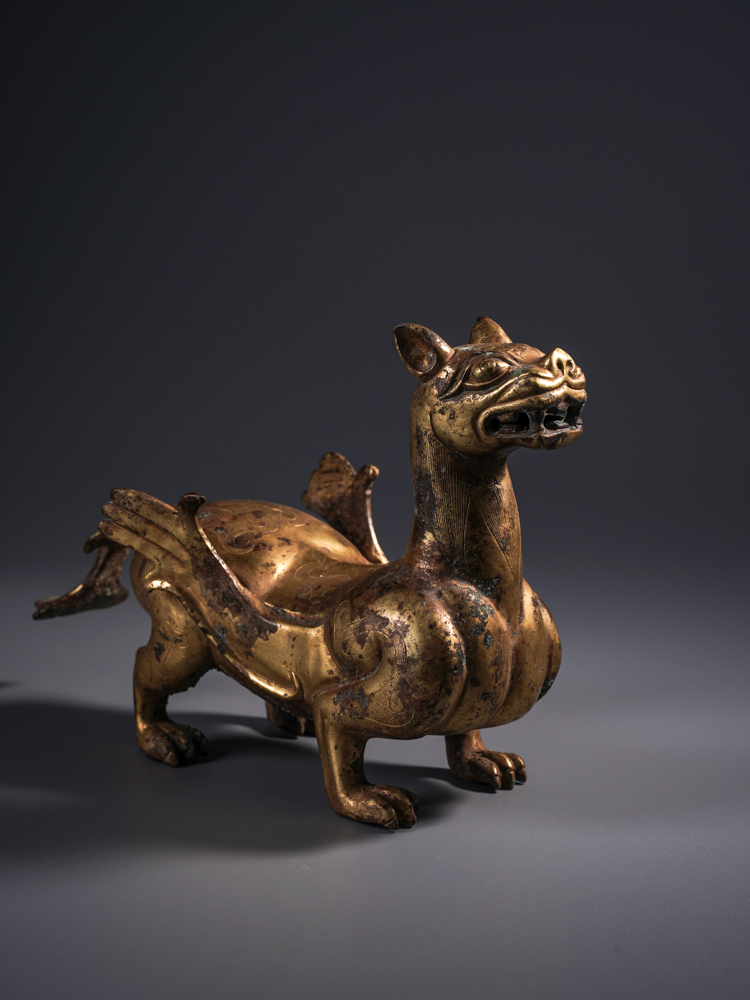Since ancient times, jade has occupied a pivotal position in Chinese culture, not only as a precious stone, but also as a carrier of culture and a symbol of spirituality.
Among them, animal jade carving requires extremely high skills, jade carvers need to be based on the natural texture and color of the jade, cleverly conceived and designed, the animal's form, charm and dynamism are portrayed in a vivid manner!
Ancient jade carving techniques are roughly as follows: cutting, sparring, faceting, and grinding. In addition to the above four basic carving techniques
Ancient jade production also involves some other special carving techniques, such as: shaded lines, hook and cut, hidden up, high relief, round carving and other techniques
Each of these techniques has its own characteristics, and together they constitute the richness of the ancient art of jade carving.
Animal jade carvings from each Chinese dynasty reflect the unique artistic style and skill level of each era
Neolithic Era
The raw materials for jade wares are mostly local sedimentary, volcanic and metamorphic rocks. The level of production was not high, and the craftsmanship was imperfect, with mostly plain or simple ornaments. Jade carvings, mainly small ornaments such as jade juan and jade pendant, appeared. The animal motifs on the jades were relatively simple and mostly abstracted.
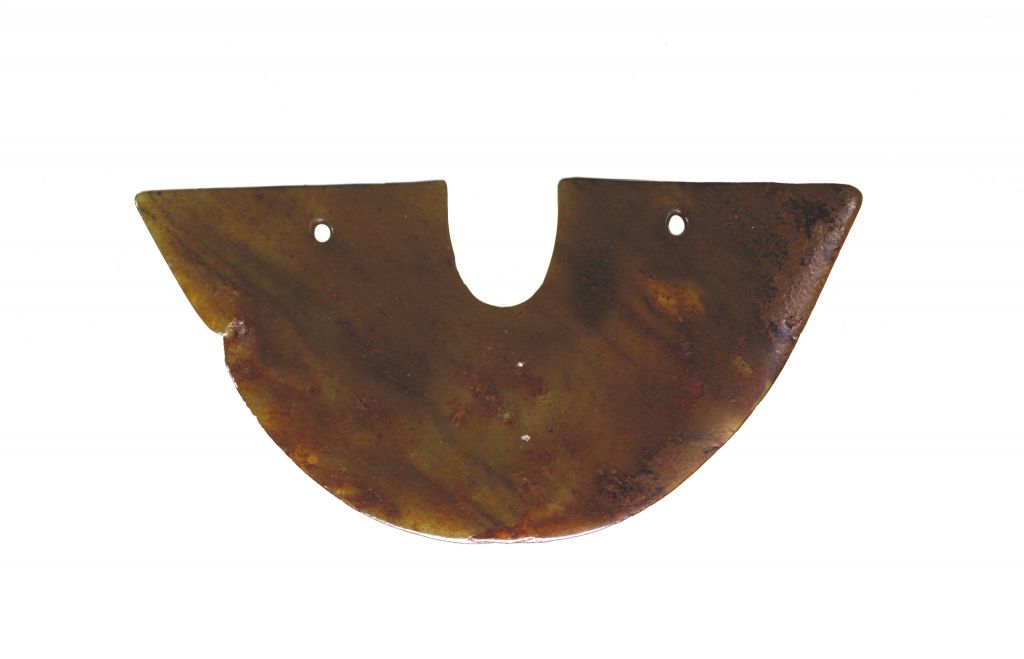
玉璜 新石器时代崧泽文化
The Shang and Zhou Periods (c. 16th-11th century BC)
Raw materials for jade began to diversify, with the emergence of materials such as serpentine jade. Jade carving techniques began to mature, with the adoption of a variety of techniques such as round carving, relief carving, drilling and line carving. Animal jade carvings begin to increase, such as dragon jade wares, with smooth lines and vivid forms.
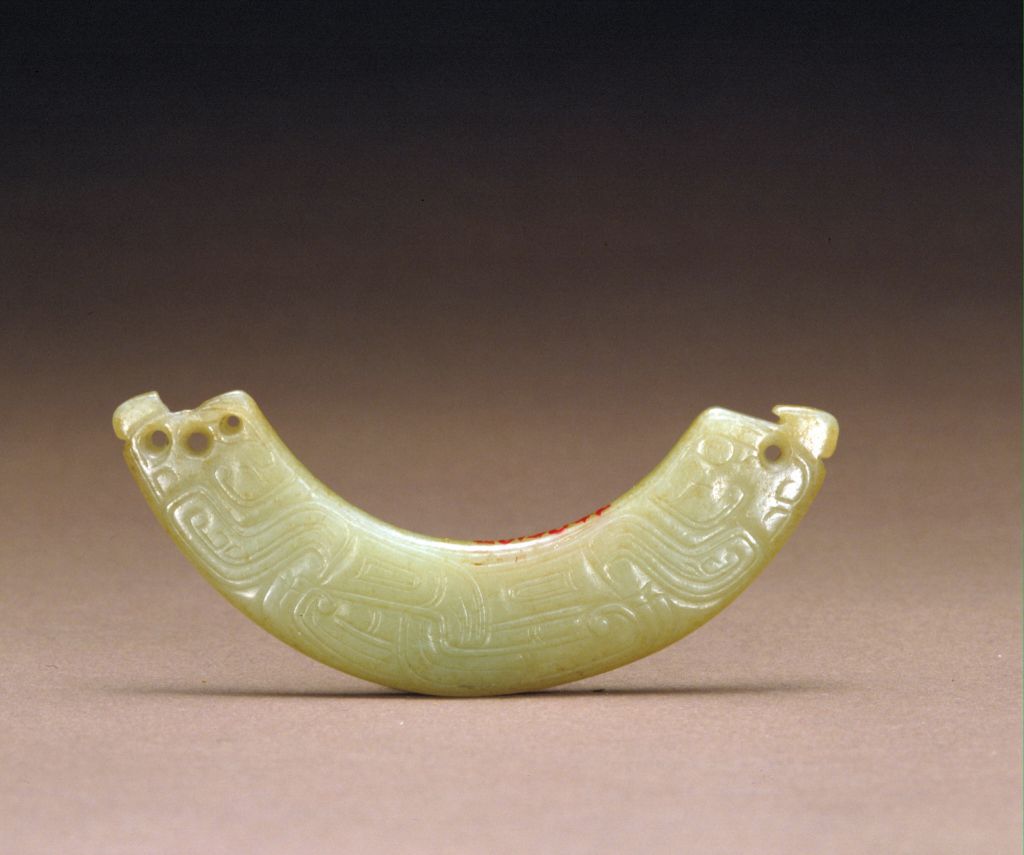
龙纹玉璜 西周
Eastern Zhou (770-221 BC)
Jade production techniques were further developed, and animal jade carvings became more elaborate. Jade carvings of dragons, tigers and beasts appeared, with smooth lines and realistic forms. Fine carving techniques such as "hair carving" began to be utilized.

(奉华堂馆藏)玉辟邪
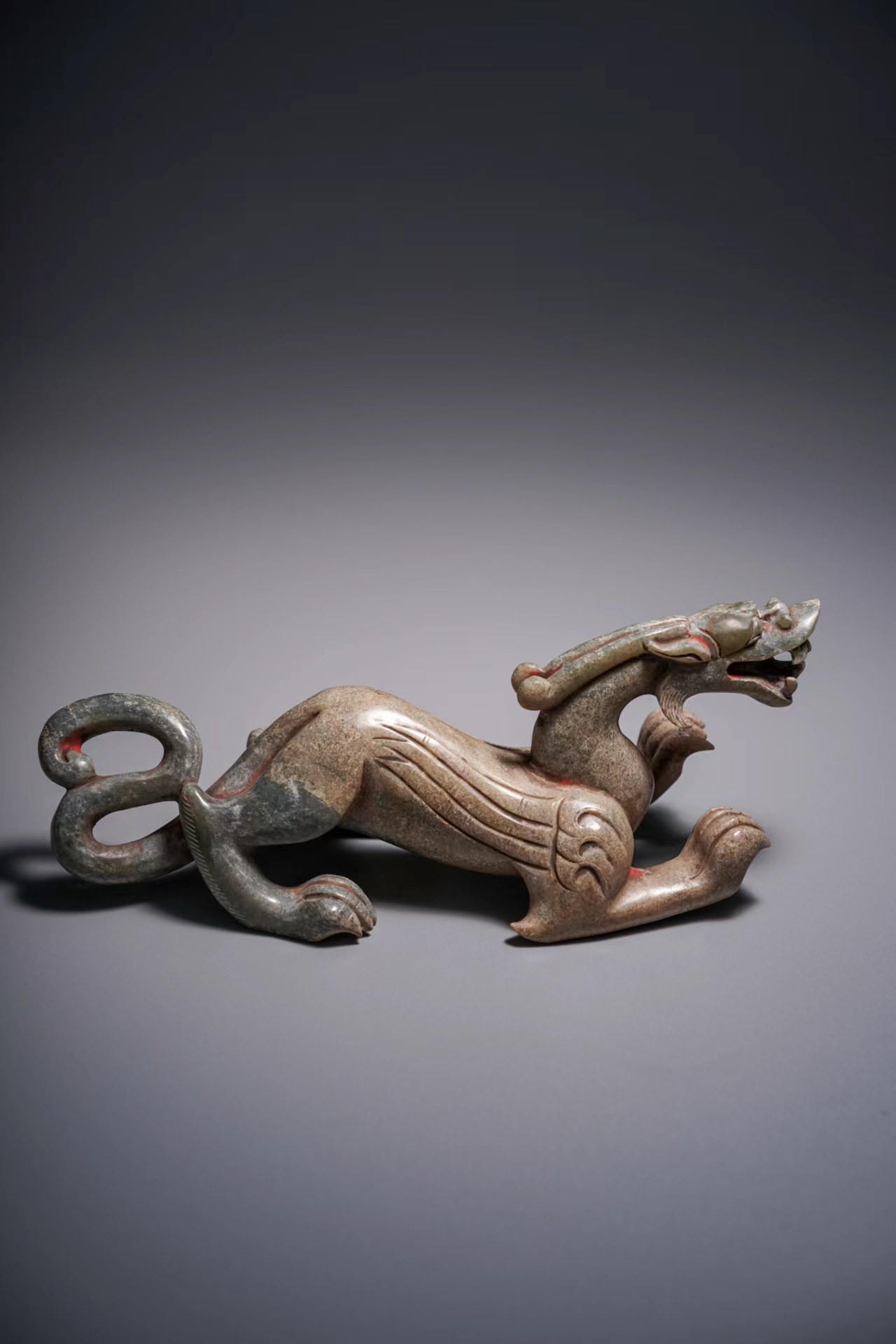
(奉华堂馆藏)和田玉螭龍摆件
The Qin-Han Period (221-207 BC)
Han dynasty jade animal carving technique is unique, such as jade pig, jade sheep, etc., using the "Han eight knife" technique, harsh lines, vivid form. Animal jade carvings of the Han Dynasty focused on realism, reflecting the influence of sculpture at that time. Jade carvings focusing on subjects such as immortals riding horses, such as the Jade Immortal Running Horses, have reached a mature level of conception and carving.
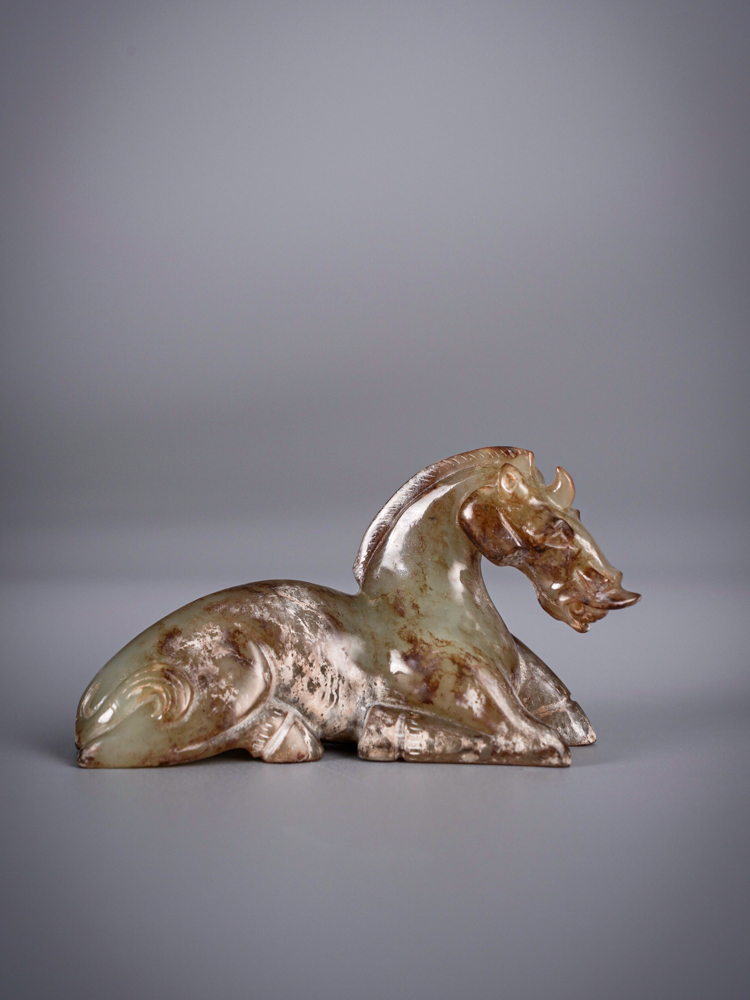
(奉华堂馆藏)和田玉卧马 漢代
Wei, Jin and North-South Dynasties
Slightly different from the Han Dynasty in craftsmanship, deep knives were often used to carve animal limbs, but the knife marks were not as powerful as those of the Han Dynasty. There appeared works represented by jade evil spirits, etc., with vivid forms and full of mystery.
Sui and Tang Dynasties (581-617)
With a strong nation and developed literature and art, the art of jade reaches new heights. Animal-themed jade works were oriented towards life, such as flowers, birds, fish and insects, birds and beasts, etc., with a strong sense of life and style of the times. Techniques such as shaded lines are used extensively, and the modeling focuses on ups and downs, showing the muscles, dynamics, strength and sense of volume of the animal form.
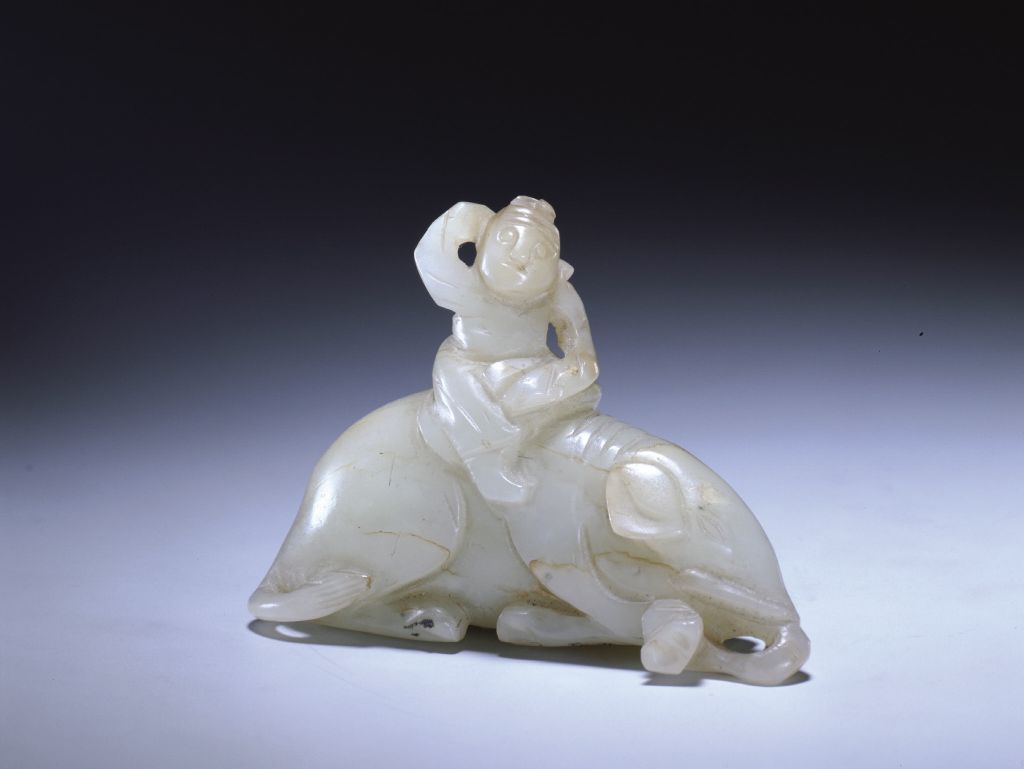
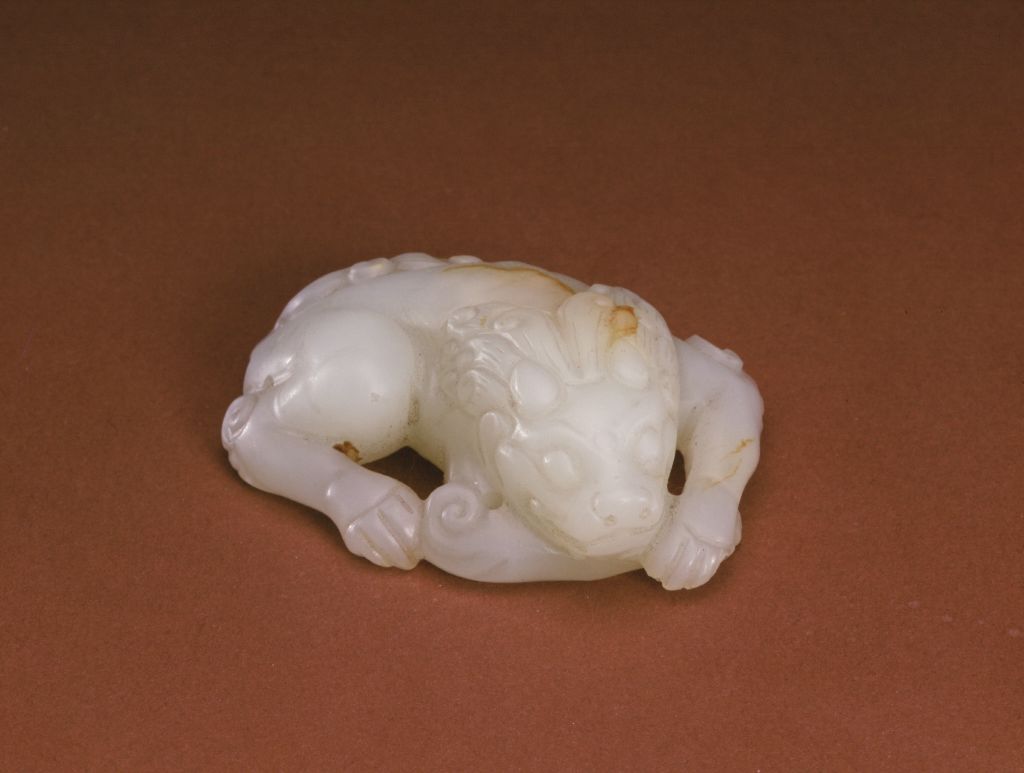 青玉童子骑象 唐 玉狮 唐
青玉童子骑象 唐 玉狮 唐
Song and Yuan Dynasties (960-1279)
Animal jade carvings develop in the direction of richness and complexity, delicacy and elegance. Common themes include dragons and phoenixes, peacocks, parrots, etc., with beautiful forms and strong decorative qualities.
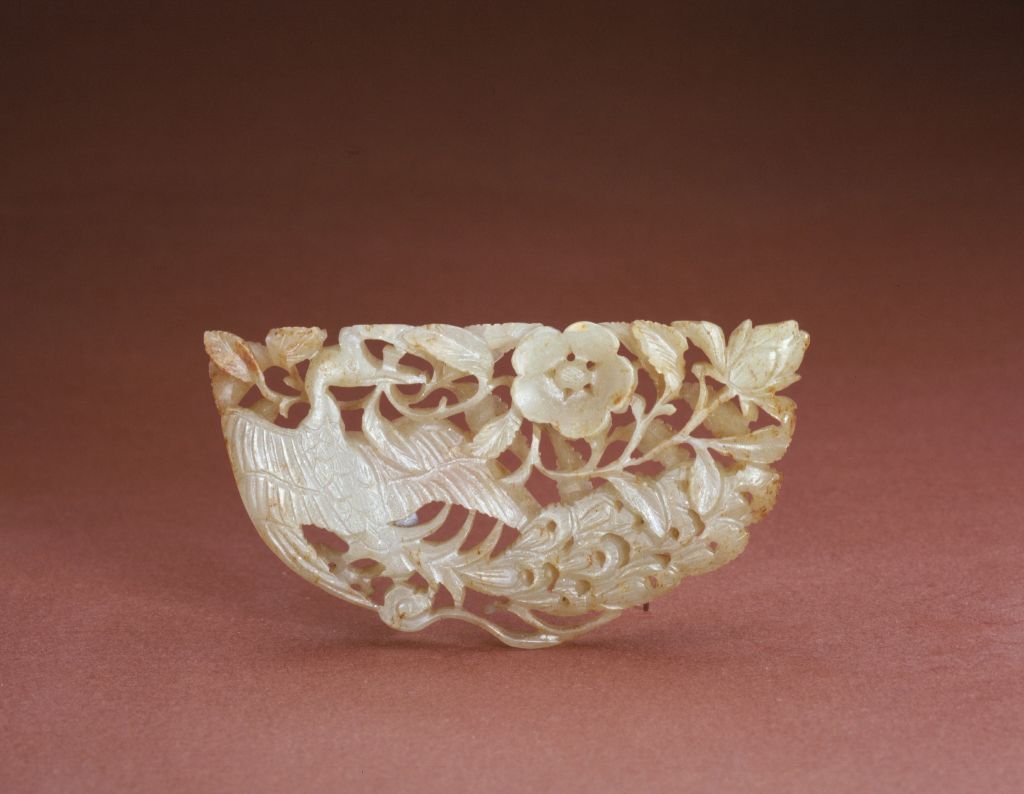
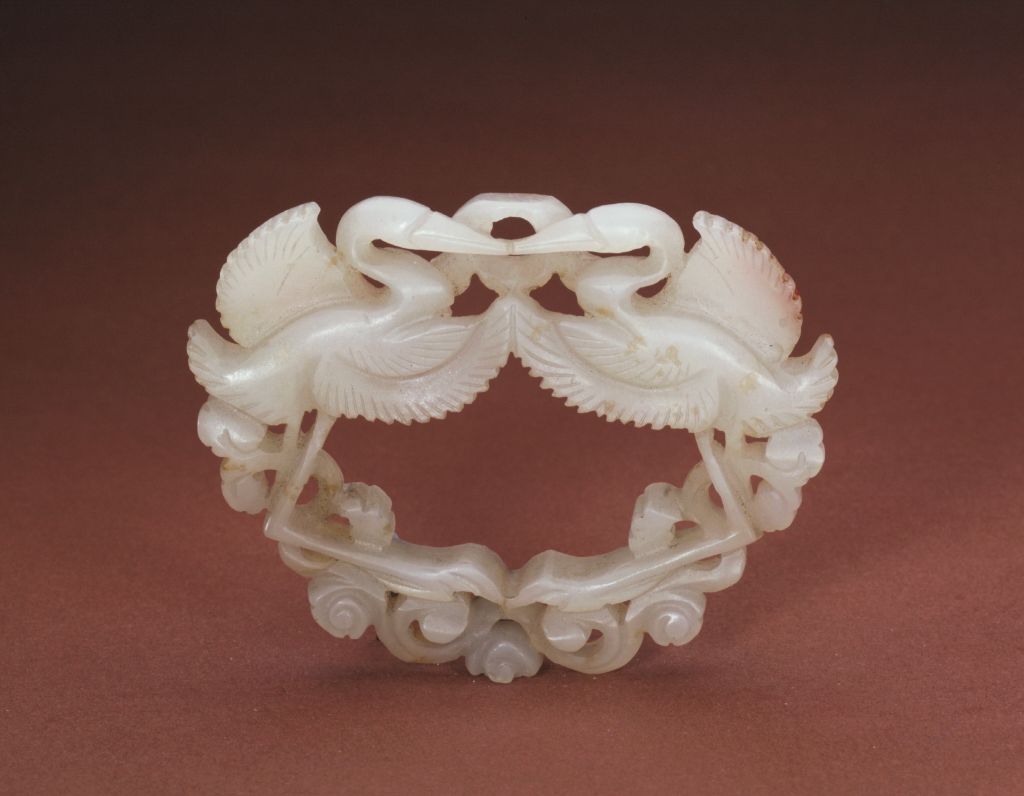
玉孔雀衔花饰 宋 青玉双鹤佩 宋
Ming and Qing Dynasties (1368-1644)
The craft of animal jade carving was further developed, with more attention paid to the details and the realism of the forms. Many jade carvings featuring the twelve Chinese zodiac signs appeared, such as jade dogs, jade cows, jade rabbits, etc., in various forms, which were well loved by the people. A large number of jade carvings and ornaments based on auspicious animals also appeared during this period, such as jade evil spirits and jade sheep, signifying good fortune and happiness.
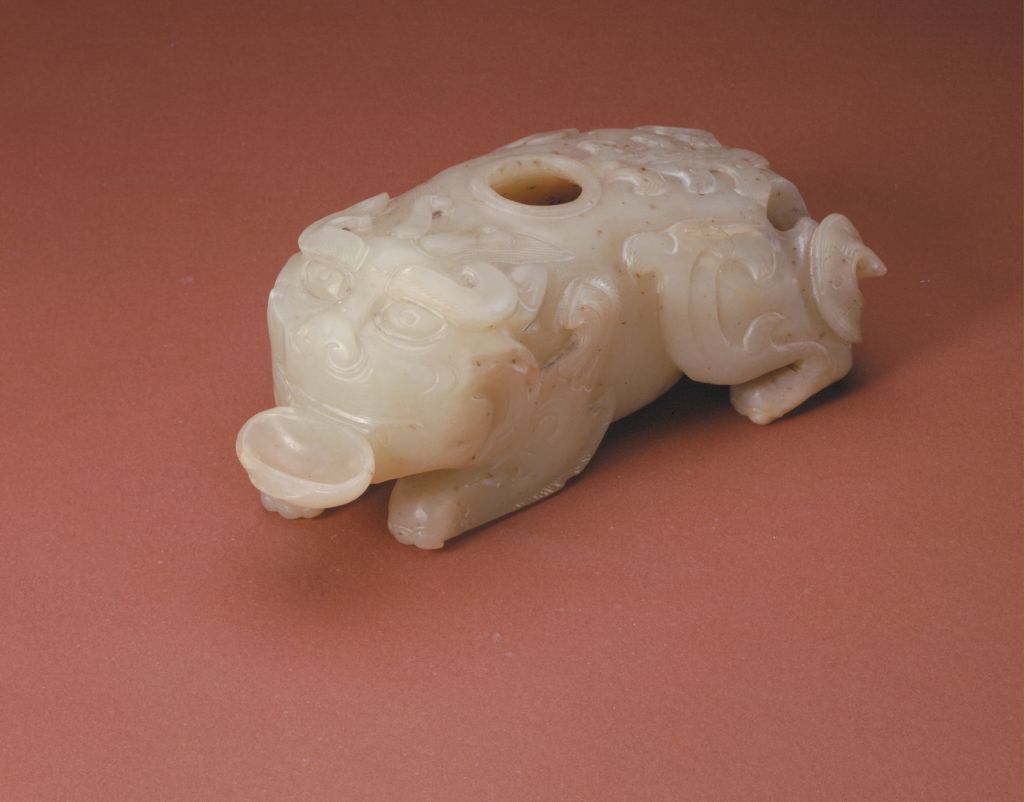
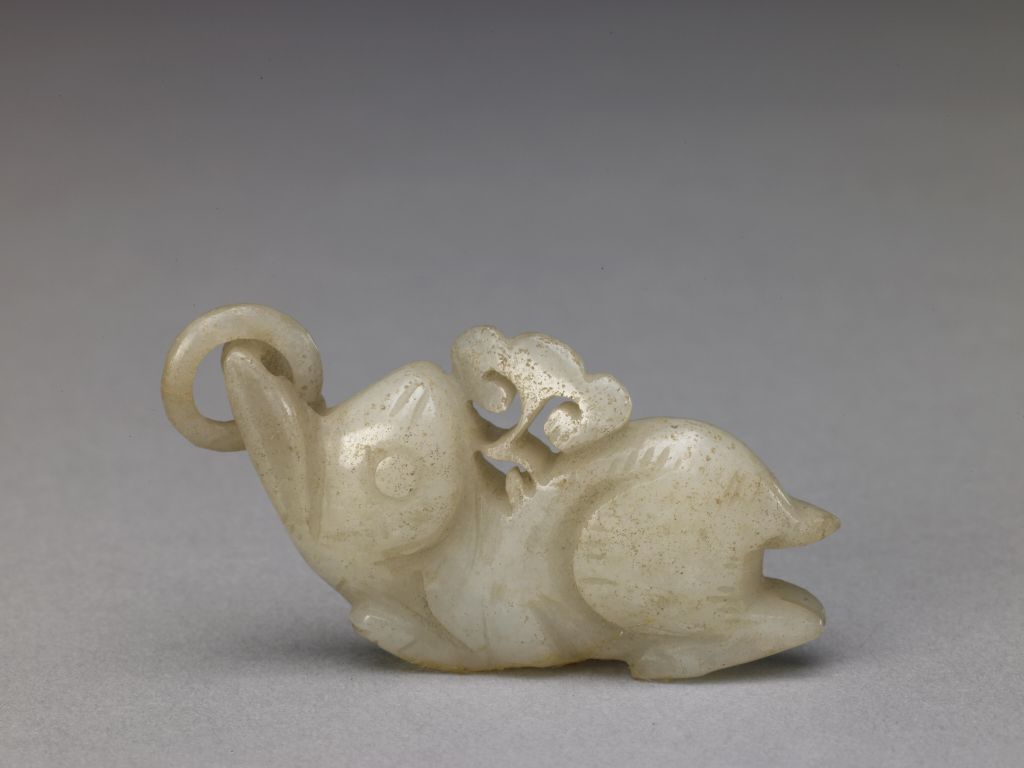
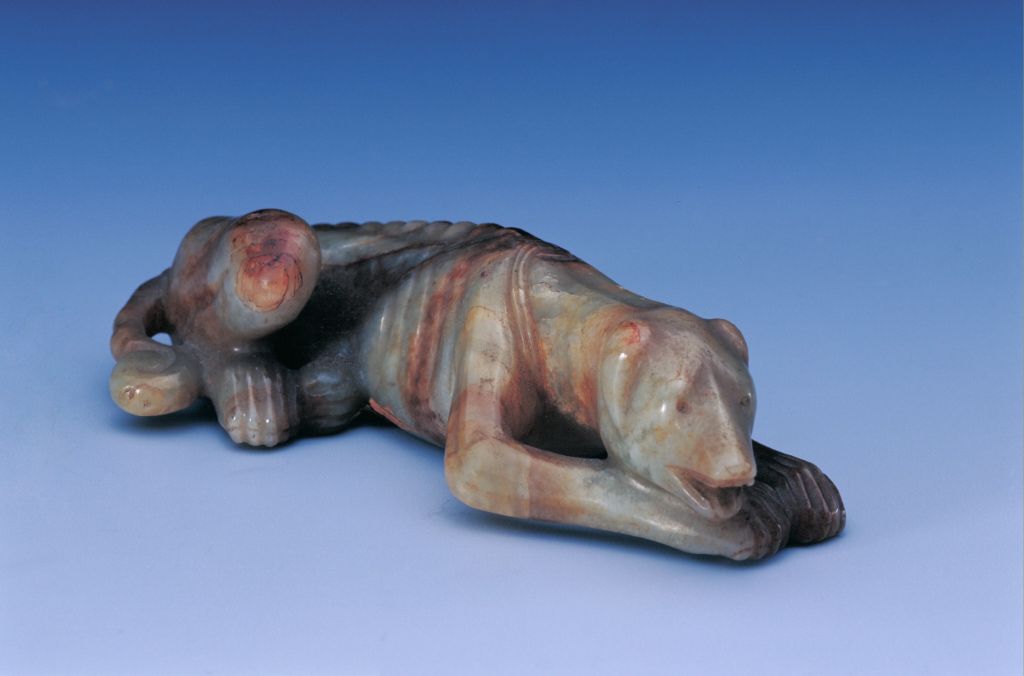
玉卧兽形砚滴 明 白玉兔形佩 明 清玉卧狗 明
No matter which dynasty the animal jade carvings come from, the jade is inscribed with the story of the beast, carrying the hope and wealth of past eras, and bringing to life the historical origins of ancient craftsmanship.
In the art of jade carving, animal subjects are particularly rich, from fierce dragons and phoenixes, to gentle sheep and deer, to bats and magpies that symbolize good fortune, each of which is endowed with deep cultural connotations and symbolic meanings.
Horse
In Chinese culture, the horse represents strength, peace and nobility, and is often seen as associated with the dragon. The Jade Horse, which originated in the Tang Dynasty, also carries these symbols and is meant to bring good luck and other positive connotations. This is one of the reasons why the horse or its symbols were often seen as a blessing or a sign of peace in ancient China. During the Yuan Dynasty, the horse was the symbol of the Mongols, whose culture was closely associated with this majestic animal.
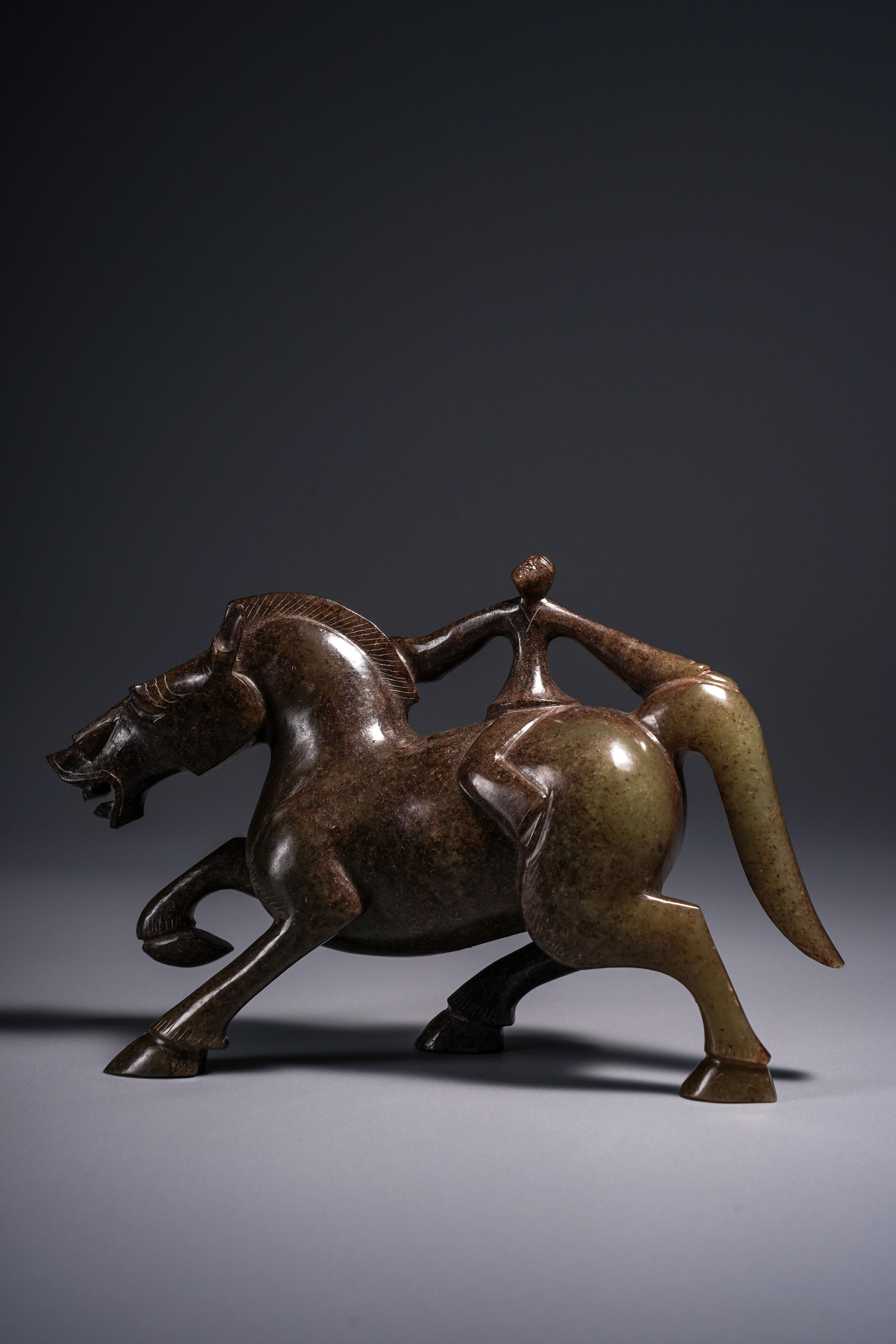
(奉华堂馆藏)和田玉馬上封侯
Goats
It is one of the twelve animals in the Chinese Zodiac and has the same sound as "yang", thus it represents the yin and yang of yin and yang, as well as the yang of the sun. Sheep will kneel down when nursing, which is regarded by Confucianism as a sign of filial piety, symbolizing respect for the mother. The idiom "San Yang Kai Tai" means to bring good fortune to the beginning of the year, so "San Yang" (三羊), also known as three sheep, signifies that good luck is on the way, as the pronunciation of the word "sheep" has a variety of meanings. People often use this idiom to congratulate others during Chinese New Year celebrations.
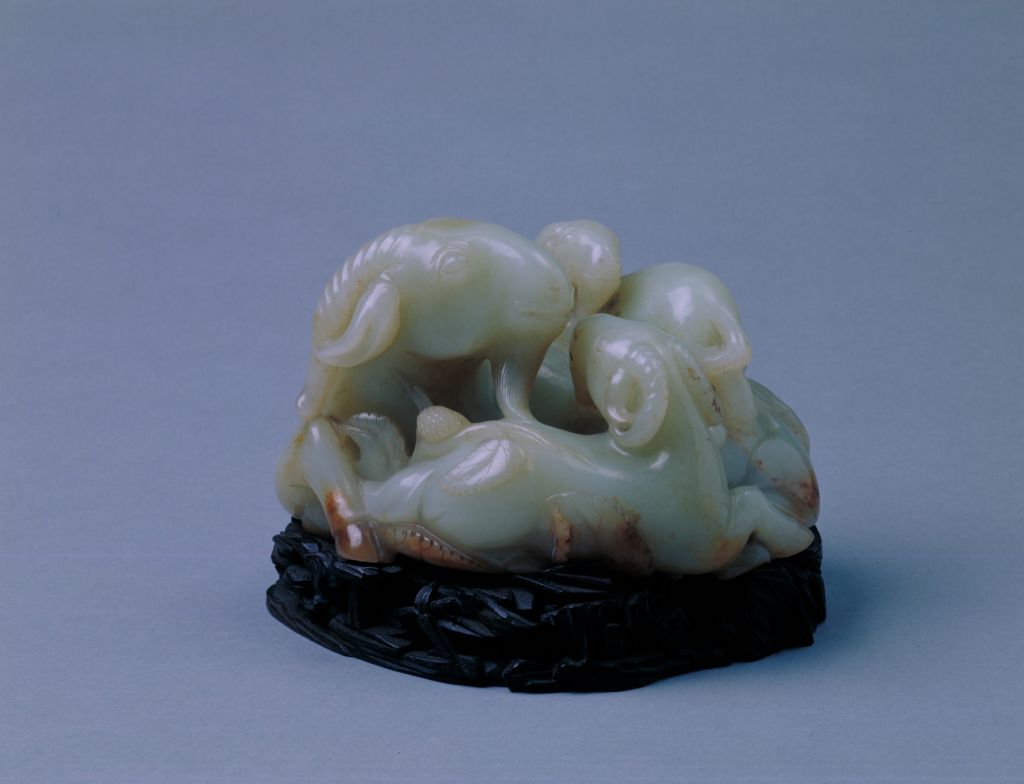
青玉三羊开泰 清
Dragon
The Jade Dragon carries a deep culture in Chinese history, symbolizing benevolence, prosperity and renewal. It is the only mythical creature in the Chinese Zodiac and is the carrier of power, prosperity and wisdom. In Asian cultures, desecration of the dragon symbol is considered taboo. People celebrate life's milestones with the Jade Dragon as a precious gift, offering each other the power, strength and good fortune symbolized by the dragon, as well as the wisdom, beauty and flawlessness represented by jade!
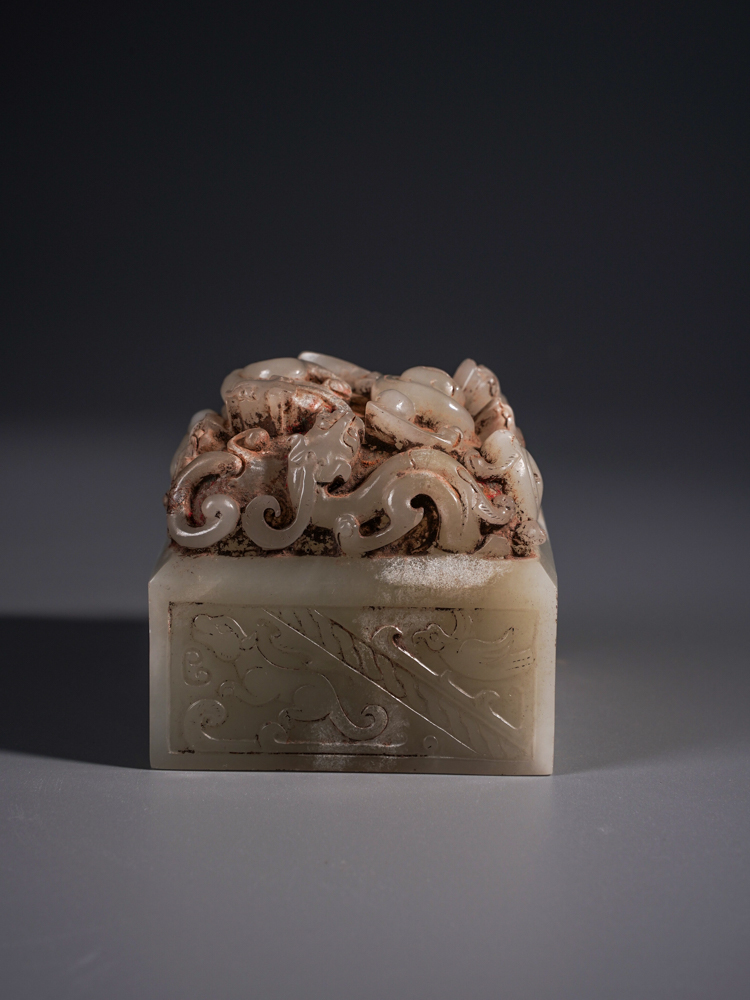
(奉华堂馆藏)和田玉螭龍紐印章玉玺
Birds
Birds, including cranes, eagles, parrots and roosters, have great significance in Chinese culture, and this is reflected in jade carvings and pendants. Raptors such as owls and eagles are seen in tombs as symbols of rebirth, renewal and protection. Taoists regarded the noble crane as a divine bird, symbolizing longevity. Parrots, especially in pairs, represent love and commitment.
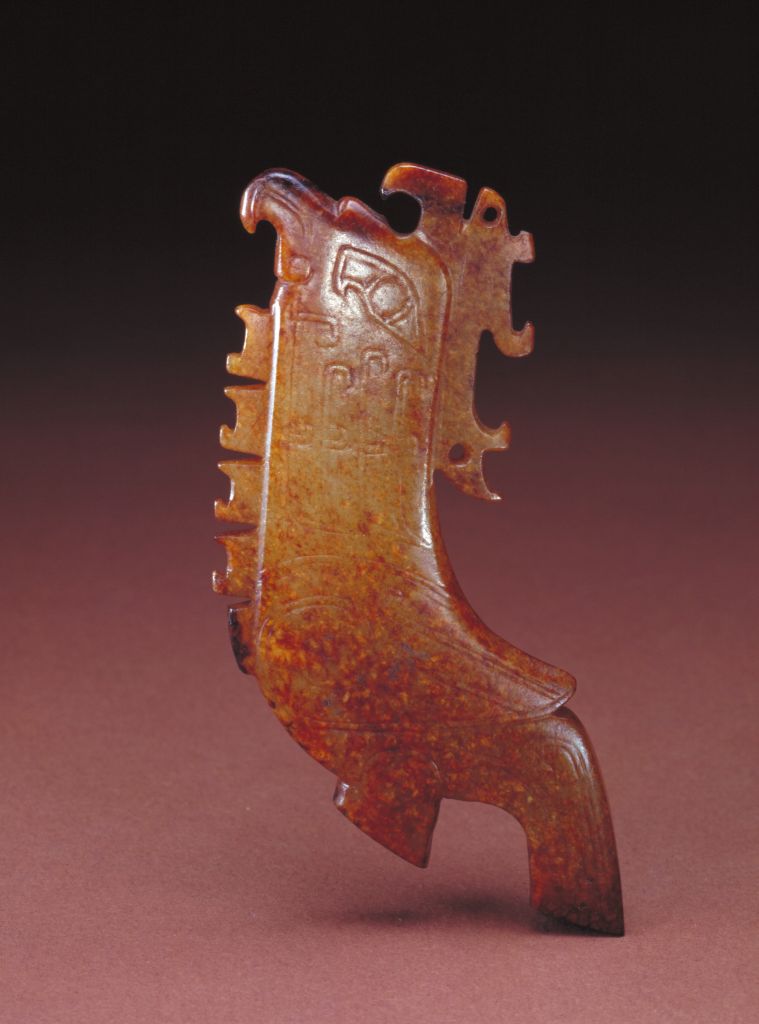
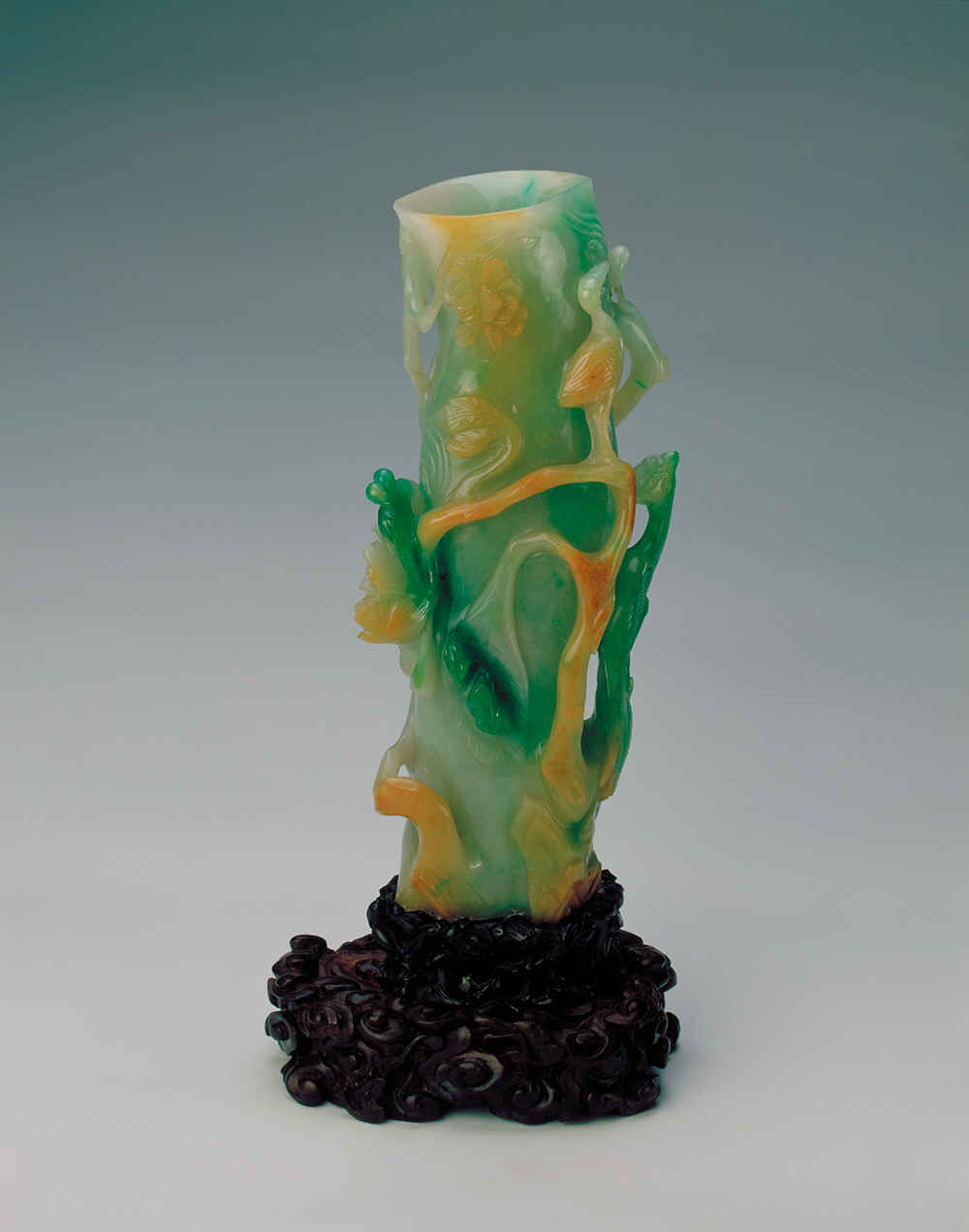
翠雕花鸟纹花插 玉刻铭鸟形佩
Lion
The majestic lion is an immortal symbol of authority, guardianship and strength and holds an important place in Chinese culture. These powerful animals are viewed as guardians and are therefore placed on both sides of doors and building entrances. During the New Year, dragon and lion dances usher in new auspicious powers and ward off evil spirits. The Jade Lion is a symbol of status and power, representing the twin promises of protection and prosperity!
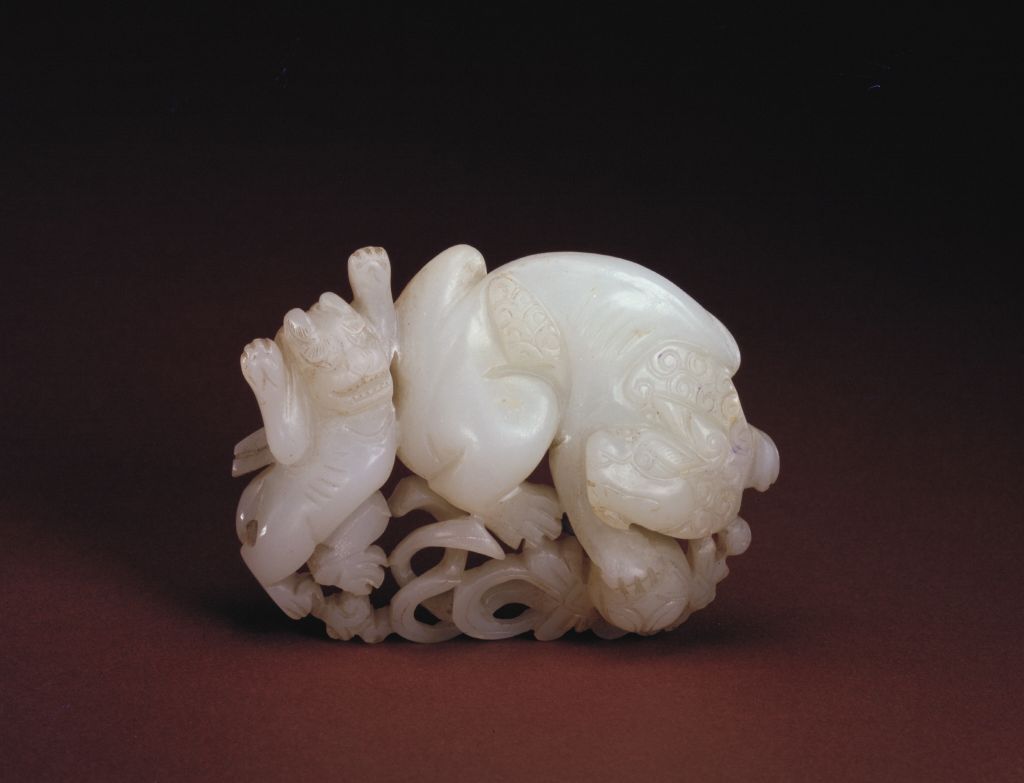
Monkeys
Monkey is a symbol of "Marquis", which in ancient times symbolized the "Marquis of Kings". Together with the horse, it symbolizes being crowned at once; together with the seal, it symbolizes being crowned with a seal; and the big monkey carrying the small monkey symbolizes being crowned with a marquis for many generations. In jade carving, the image of the monkey is often combined with that of a horse and a seal to form motifs such as "sealing a marquis at once" and "sealing a marquis with a seal", which symbolize the promotion of an official to a higher position and wealth.
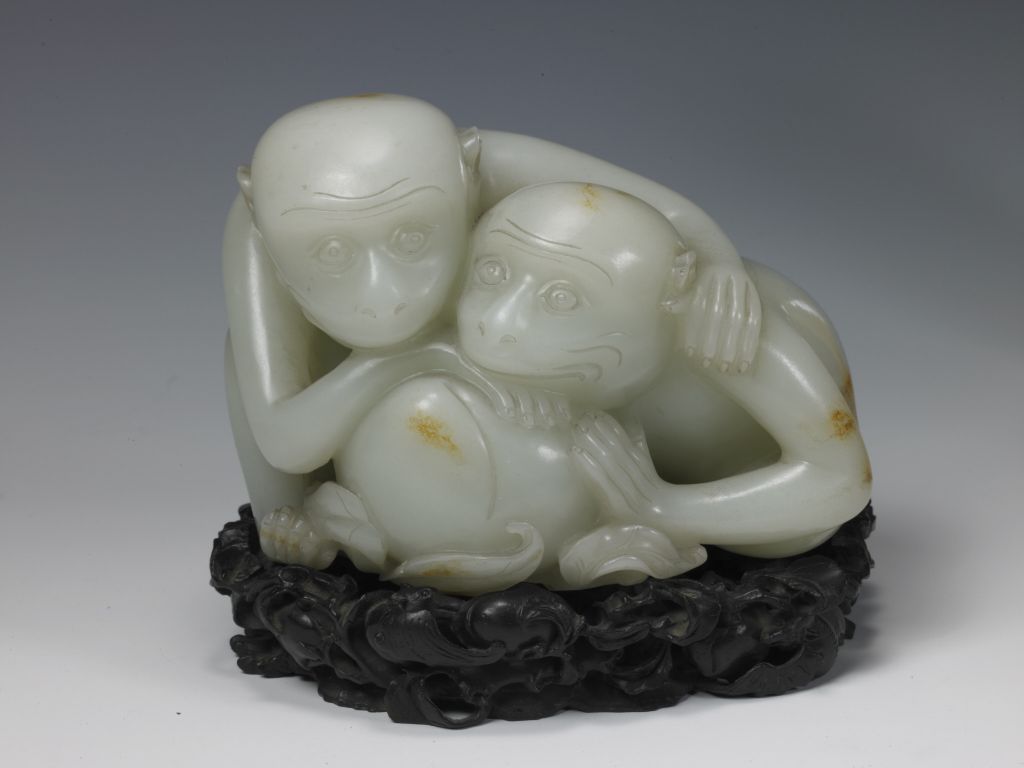
青玉双猴
In general, the craftsmanship of animal jade carvings of various dynasties in China embodies the unique artistic style and skill level of each era, evolving from the simple to the complex and from the abstract to the realistic.
These animal jade carvings not only have high artistic value, but also contain rich cultural connotations and historical information.



